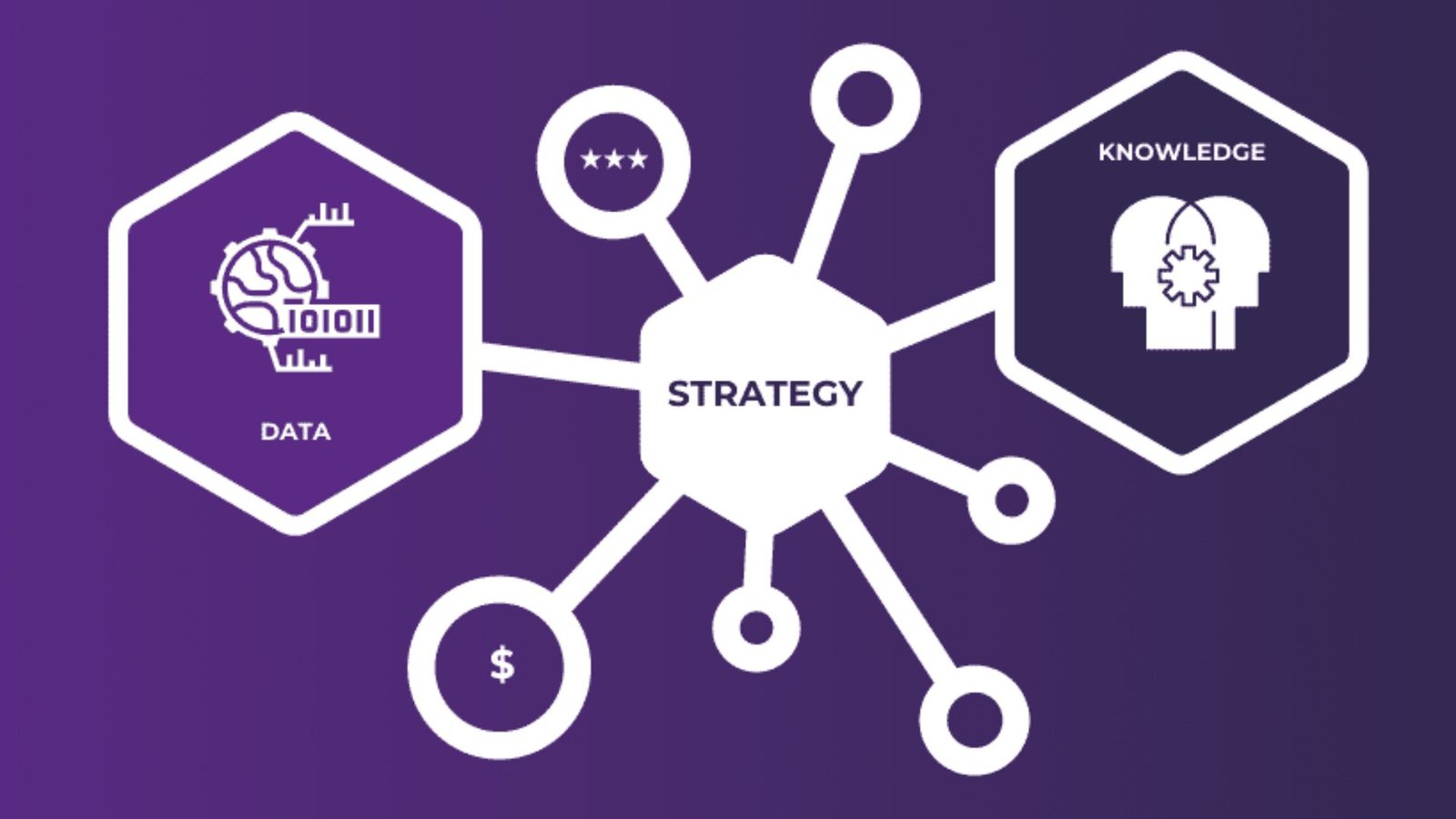Capturing tacit knowledge is crucial for organizations aiming to preserve expertise and improve performance. Tacit knowledge refers to the know-how and skills that individuals acquire through experience but often cannot easily articulate. In this post, we will explore effective strategies for capturing tacit knowledge, ensuring your organization retains valuable insights.

Understanding Tacit Knowledge
Implicit knowledge encompasses insights, intuitions, and experiences that employees accumulate over time. Unlike explicit knowledge, which can be documented and shared easily, tacit knowledge remains largely unspoken and informal. This knowledge plays a significant role in decision-making and problem-solving within an organization.
Recognizing the importance of capturing this type of knowledge can enhance your organization’s innovation, efficiency, and competitive advantage. By leveraging the expertise of seasoned employees, you can foster a culture of continuous learning.
Creating Knowledge Sharing Environments
One effective strategy for capturing implicit knowledge involves creating an environment conducive to knowledge sharing. Encourage open communication and collaboration among team members. Foster a culture where employees feel comfortable sharing their insights and experiences.
Regular team meetings and brainstorming sessions can facilitate knowledge exchange. Additionally, consider implementing mentorship programs where experienced employees guide newer team members, allowing for the transfer of valuable tacit knowledge.
Utilizing Storytelling Techniques
Storytelling serves as a powerful tool for capturing tacit knowledge. Encourage employees to share their experiences through storytelling. This approach not only makes the information more relatable but also helps others grasp the underlying lessons.
Host storytelling workshops where employees can recount their successes and challenges. This method allows for a deeper understanding of the thought processes and strategies behind their actions, making tacit knowledge more accessible.
Implementing Knowledge Management Systems
Investing in knowledge management systems can help capture and store tacit knowledge effectively. These systems allow employees to document their experiences, insights, and best practices. By creating a centralized repository, organizations can ensure that valuable knowledge does not get lost over time.
Encourage employees to contribute to these systems regularly. Implement features such as tagging and categorization to make it easier for others to find relevant information. This approach transforms implicit knowledge into a more explicit format while retaining the essence of the original insights.
Encouraging Continuous Learning
Promoting a culture of continuous learning is vital for capturing implicit knowledge. Provide opportunities for professional development, such as workshops, training sessions, and conferences. When employees engage in learning, they enhance their skills and contribute to a collective knowledge pool.
Additionally, encourage employees to pursue certifications or courses related to their field. This commitment to growth fosters a mindset of sharing knowledge and encourages individuals to articulate their experiences and insights.
Conclusion
Capturing implicit knowledge is essential for organizational success. By implementing strategies that promote knowledge sharing, storytelling, and continuous learning, you can ensure that valuable insights are not lost. Creating an environment where employees feel empowered to share their experiences will enhance collaboration and drive innovation.











